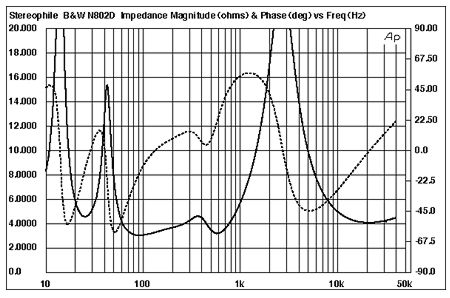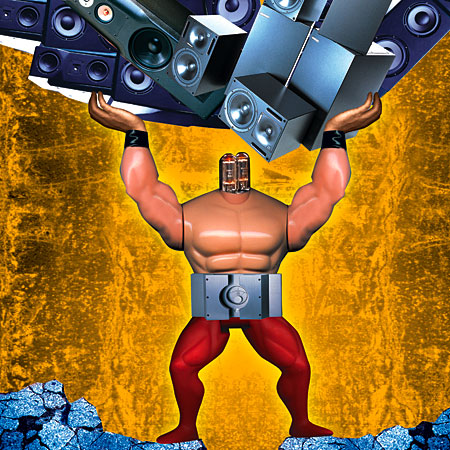I know that some of you have a degree in electrical engineering on this forum and was wondering if you could explain the difference between Current vs Watt
Also how does one find out how much current an amp has? I apologize if you already have answered this question in the Classé thread but thought that this might be broader audience:T

Also how does one find out how much current an amp has? I apologize if you already have answered this question in the Classé thread but thought that this might be broader audience:T








Comment